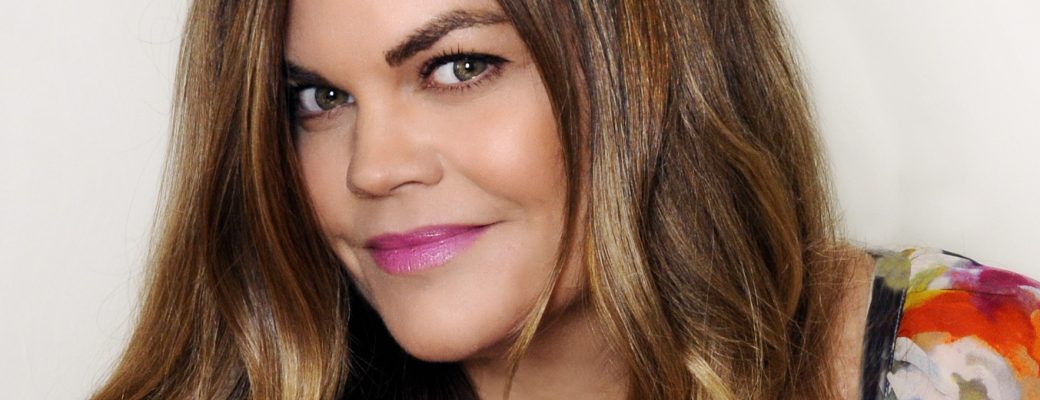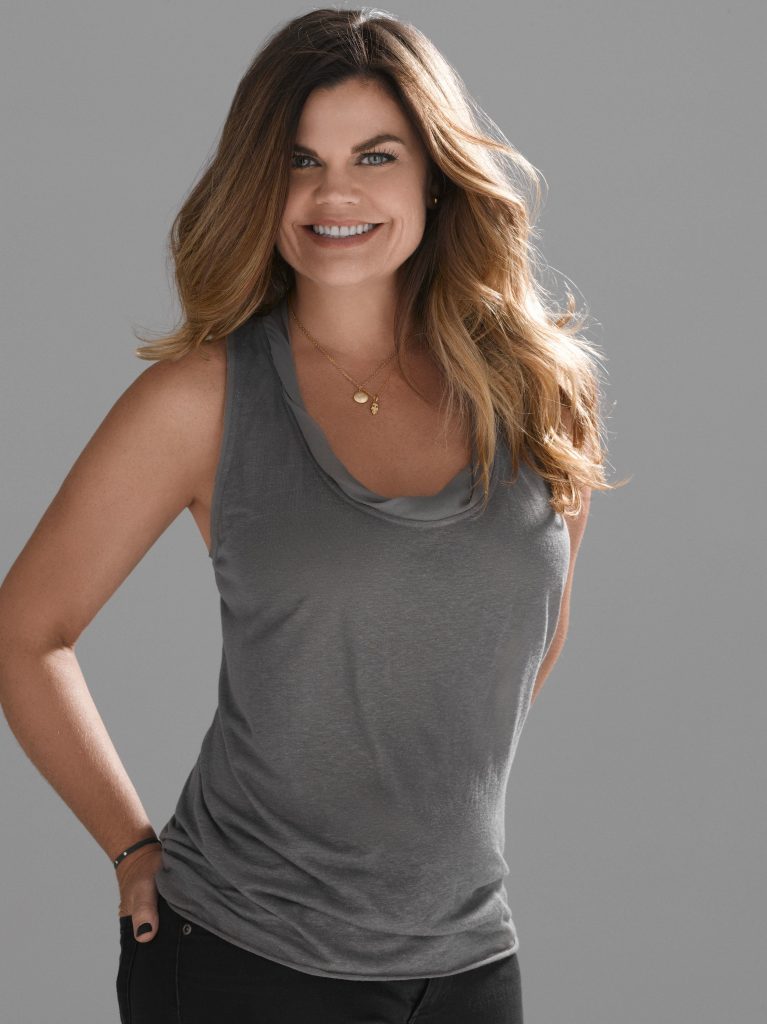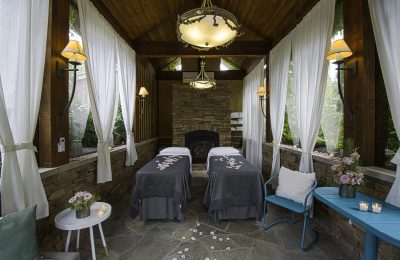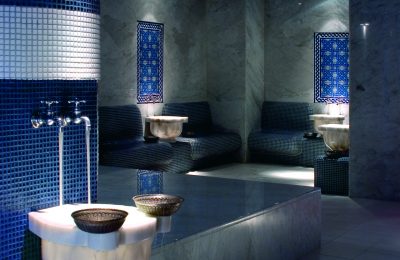Expert staff the key to Dol-ás Spa’s success By Sean TarryA number of changes have occurred over the course of…
Paige Padgett
Make-up artist and green beauty expert Paige Padgett has written a book that shows readers how to adopt a natural, toxic-free beauty routine. In The Green Beauty Rules: The Essential Guide to Toxic-Free Beauty, Green Glamour and Glowing Skin, Padgett debunks green beauty myths, explains the difference between natural, organic and chemically safe, and instructs the reader on how to effectively interpret product labels.
Why did you decide to write this book?
It’s challenging for a lot of people [to green their beauty routine] largely because there is so much information, they don’t know how to assimilate it and make it work for them. I made it sort of magazine-y and easy-read, very step-by-step so they can not only have all the information there, but it’s also easily ingested and easily incorporated into your routine.
What does it mean to green your beauty routine?
Greening your beauty routine, to me, means lessening your body burden or considering the toxic chemicals in your cosmetics to lessen your body burden. It doesn’t mean all natural necessarily… and it certainly doesn’t mean all organic, but it means chemically safe, ideally natural, ideally sustainable, and even more ideally, organic. There are some chemicals that are relatively harmless to the body and some, especially the petrochemicals, that are more toxic. Petrochemicals have been linked to neurotoxicity, endocrine disruption, birth defects, just a myriad of different types of illnesses and disease.
What are some of the chemicals to look out for in our beauty products?
Well, I talk about the Three Ps a lot… Parabens, Perfume, which is also fragrance, and Petrochemicals, which is a really broad category of chemicals. Parabens are actually not the most toxic chemical out there, however, they’re in about 99 per cent of conventional products, so you’re getting a much higher percentage in than you would want in your body. Fragrance is used to mask a lot of toxic chemicals… They don’t have to list the ingredients in fragrance, so you can put anything you want in there and not have to list it, which is why the Environmental Working Group (a non-profit environmental research organization based in Washington, D.C.) gives it such a high toxicity ranking, because it’s just an unknown.
What can spas do to make sure that their suppliers are selling toxic-free products?
They can learn about the product line and the ingredients, and learn what ingredients to avoid and watch out for, and educate themselves on the different labels and certifications. Just like you would green your own beauty routine, it’s the same idea, even for commercial use. There are a lot of spa lines that are green and very popular, and not because they’re green but because they’re so great.
When you go to the spa, as a client, how to you ensure that the products that are used on you are toxin-free?
If I’m worried about it, I bring my own [products]. If you are concerned, you treat it like going to the nail salon. You bring your own colour to a salon if you want chemically safe manicures and pedicures. Now you probably can’t do that with a wet room treatment or something like a wrap. You have to make a decision that you know what you’re getting.





